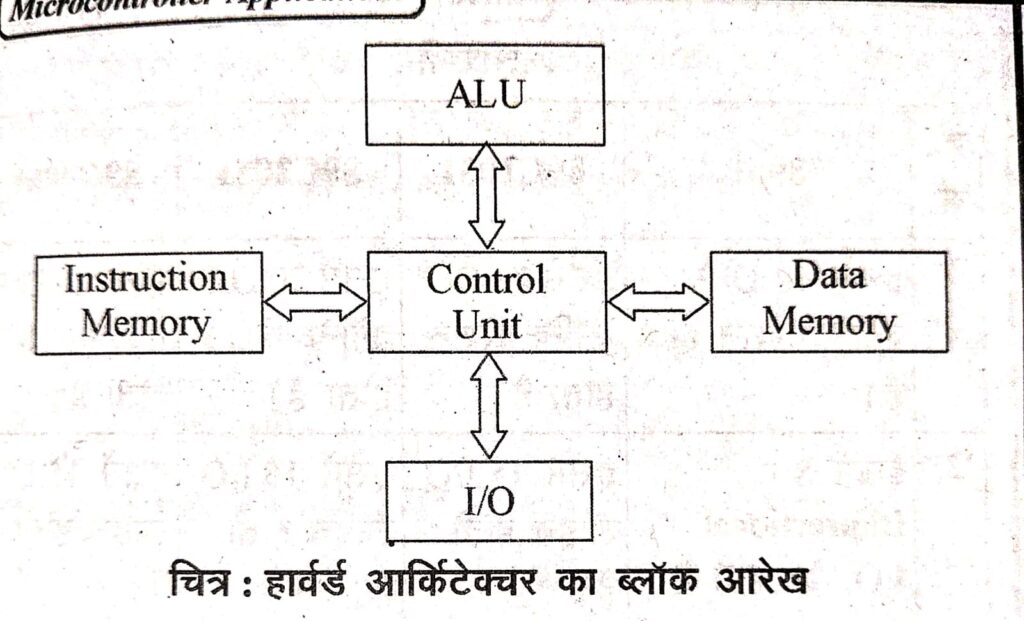Friends, today in this article we will learn about Von Neumann and Harvard Architecture. I am going to give you information about all these in a very good way. So let’s start.
Von Neumann Architecture
Von Neumann architecture is the fundamental architecture on which all digital computers are based. The various characters present in it have an impact on programming. These characters are single, centrally controlled and are used in a separate location in the CPU along with primary memory. It includes both instructions and data. In von Neumann architecture, instructions are executed by the CPU due to which data is brought to the CPU from the primary memory. ALU is present in the CPU, so data is brought to the CPU by getting it from the primary memory.
Harvard Architecture
The Harvard architecture is a computer-based architecture in which instructions and data have separate storage and signal pathways. This is in contrast to the von Neumann architecture, where program instructions and data share the same memory and pathways.
The term Harvard is derived from the Harvard mark. It originated from relay based computers which used 24-bit data instructions in electro-mechanical counters. In the early machines, the data was stored entirely in the CPU. Most processors appear to the user as von Neumann machines in which the program code is stored in the same main memory as the data. The block diagram of the Harvard architecture is shown in the figure.

Modified Harvard Architecture
A modified Harvard architecture has most of the same features as a Harvard architecture, but the strict separation between instructions and data is reduced in the modified Harvard architecture. This allows the CPU to access two or more adjacent memory buses. Its modification includes separate instruction and data caches supported by a common address space. It acts like a von Neumann machine when accessing back memory. This modification is beneficial in modern processors such as ARM architecture, Power ISA and X86 processors.
Benefits of Harvard Architecture
Following are the major advantages of Harvard Architecture-
- Through this, more than one memory address is used for instructions and different memory addresses are used for them.
- In this, a single cycle is used by the processor to complete the instructions.
What did you learn today :-
Now you must have known about Von Neumann and Harvard Architecture and you must have got the answer to all these questions very well.
I hope you liked the information given by me, if you have any question/suggestion in your mind, then you can tell me by commenting below, I will definitely reply to your comment. If you liked this post, then you can also share it with your friends and relatives.
